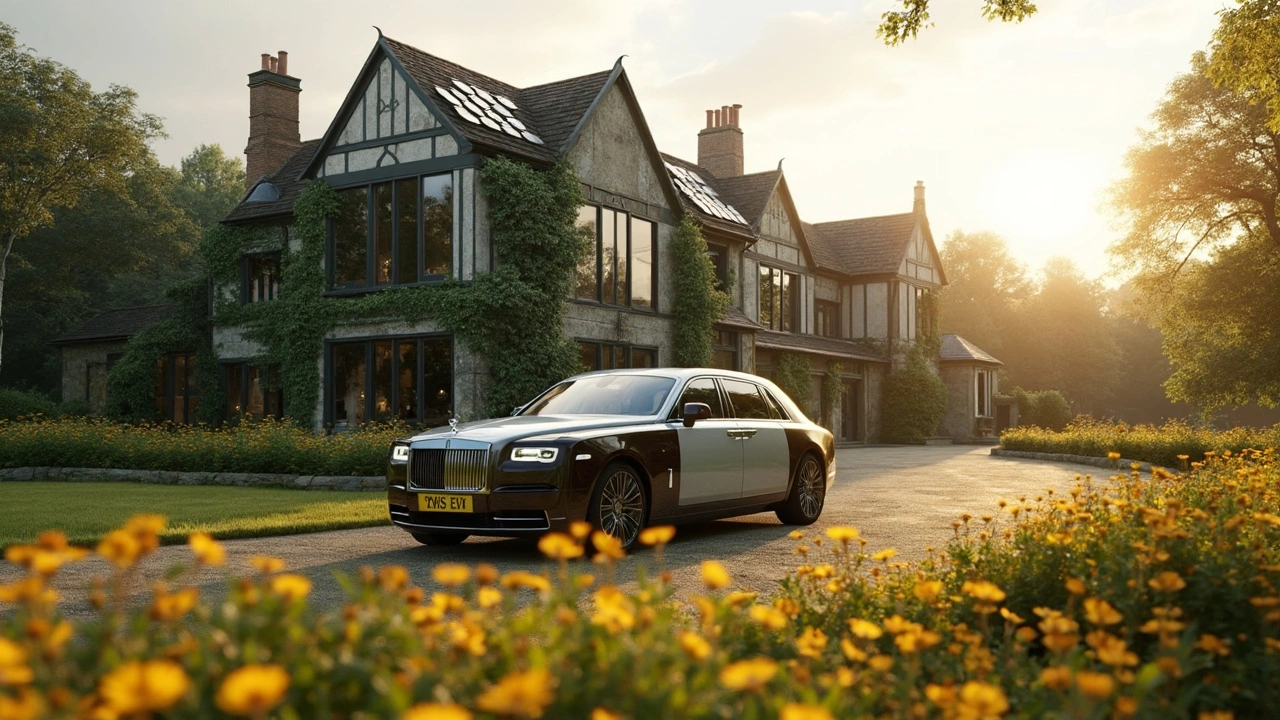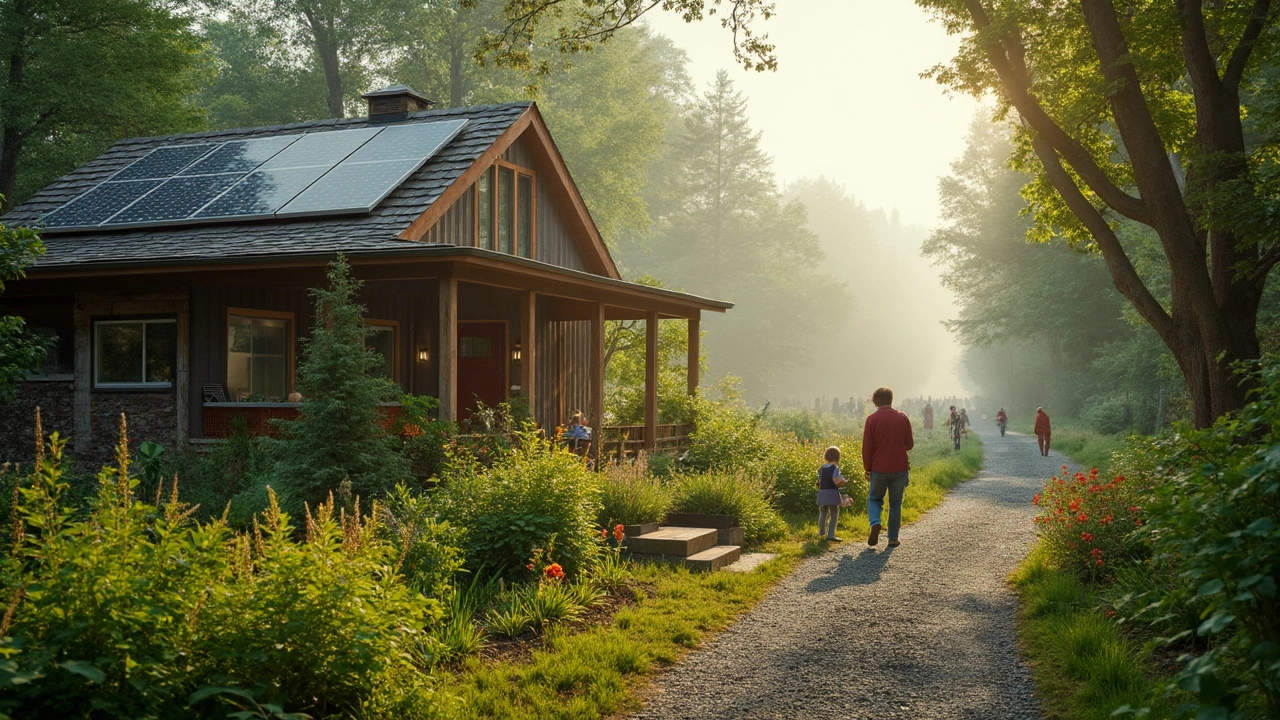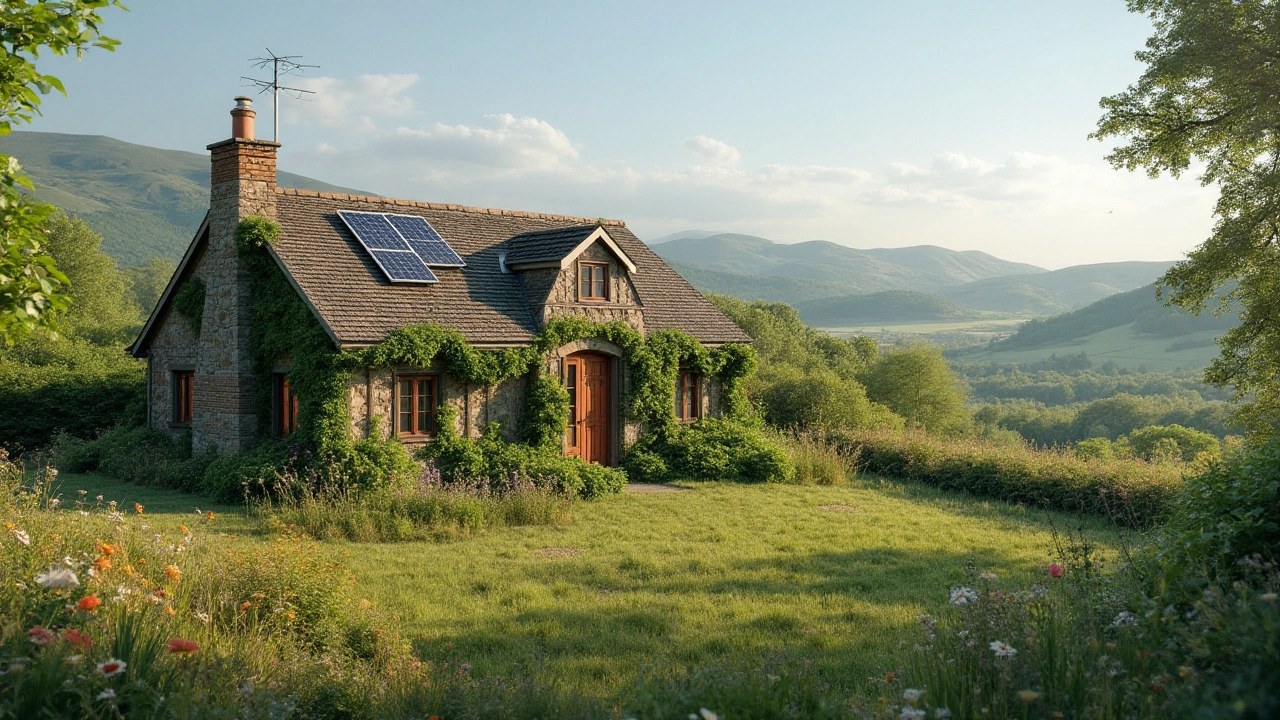
Green Living Made Simple – Real Tips for Eco Homes and Travel
If you’ve ever wondered how to make your life a bit greener without breaking the bank, you’re in the right place. On this page we bring together the most useful advice from our green living articles – from building cheap, sustainable houses to finding eco‑friendly places to stay on your next trip.
Eco Homes and Building Choices
First up, let’s talk about where you live. A lot of people think green homes are expensive, but the truth is you can find affordable options if you know where to look. Our guide on “Most Affordable Homes to Build in 2025” breaks down costs for tiny houses, modular units and even simple prefab kits. The key is matching the design to your climate and budget – a tiny wood‑frame cabin can cost far less than a brick house, and it uses far fewer resources.
When you’re comparing prices, don’t forget to check the hidden costs of sustainable features. Insulation, solar panels and high‑efficiency windows add up, but they also cut energy bills for years. In “Are Eco Homes Expensive?” we show you how to calculate the pay‑back period so you can see when the savings start outweighing the upfront spend.
Materials matter too. Our “Non Eco‑Friendly Building Materials” article lists common culprits like PVC and treated lumber, and offers greener replacements such as reclaimed wood, bamboo or hempcrete. Swapping one material can lower the carbon footprint of your build dramatically.
If you love a more unconventional lifestyle, consider a yurt. The post “Are Yurts Eco‑Friendly?” explains that modern yurts use recycled fabrics and timber frames, making them a low‑impact alternative to a traditional house. They’re quick to set up and use far less material, which is great for a weekend getaway or a permanent tiny home.
Sustainable Travel and Stay Options
Going green isn’t just about where you live – it’s also about how you travel. When you’re planning a trip to Loch Ness or anywhere else, look for accommodations that share your values. Boutique hotels often highlight local sourcing, energy‑saving systems and reduced waste policies. Our “Boutique Hotel Meaning” guide points out the details to watch for, like low‑flow showers and recycling programs.
Glamping is another cool option that blends nature with comfort. The “Glamping Cottages” article shows how luxury camping can be eco‑friendly when the site uses solar power, composting toilets and sustainable building methods. Even the simple question “Do Glamping Sites Have Electricity?” gets a clear answer – many modern sites provide renewable‑energy options, so you can charge your phone without hurting the planet.
For budget travelers, hidden fees can ruin an eco‑conscious vacation. Our “Hidden Fees in All‑Inclusive Resorts” piece teaches you how to spot extra charges that don’t match the green promise of a resort. Knowing what’s included helps you choose places that truly invest in sustainability, not just marketing.
Finally, think about transport. If you’re flying into an airport, the “What Is an Airport Hotel?” guide helps you find a nearby stay that saves you a taxi ride and reduces emissions. And if you end up sleeping in the terminal, the “Where to Sleep in an Airport” tips keep you safe and comfortable without extra waste.
Green living isn’t a huge leap – it’s a series of small choices that add up. Whether you’re building a new home, picking a holiday cottage, or just reducing waste on the road, the ideas above give you a clear path forward. Start with one change today and watch your impact shrink while your savings grow.


Most Expensive Eco-Friendly Billionaire Houses: Who’s Leading the Pack?
Dreaming of a luxury home that’s both jaw-dropping and kind to the planet? Some billionaires aren’t just stacking cash—they’re changing the game with the world’s most expensive eco-friendly cottages. This article spills the secrets behind these next-level green mansions, what makes them so pricey, and how billionaires weave sustainability into their wildest house dreams. Curious about who’s holding the top spot and what tech makes these homes special? You’ll get ideas to make even smaller homes greener while eyeing the world’s priciest eco cottages.
Read More
Eco-Friendly City: What Makes Portland America's Greenest Haven?
Portland, Oregon stands out as America's eco-friendly leader, thanks to its urban planning, green spaces, and dedication to renewables. This article breaks down what makes Portland the top choice for those seeking an environmentally conscious lifestyle, especially for folks interested in eco-friendly cottages. Readers will get a look inside daily life, local initiatives, and practical tips straight from Portlanders. The guide also covers how visitors and residents can join in on sustainable living, from compost bins to green roofs. Expect practical, real-life advice for making your cottage—and your footprint—greener.
Read More
The Least Eco-Friendly State in the United States and Its Impact on Green Living
Exploring the least eco-friendly state in the U.S. reveals surprising facts about its environmental practices. The article offers insights into why this state struggles with environmental issues and its impact on green living. Discover practical tips for adopting eco-friendly practices even in less sustainable environments. Learn how to make a difference, regardless of your location, and contribute to a greener future.
Read More